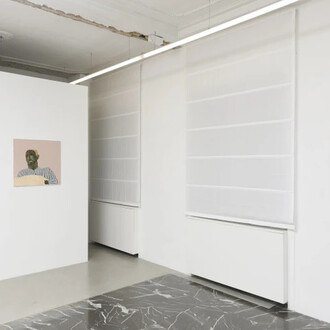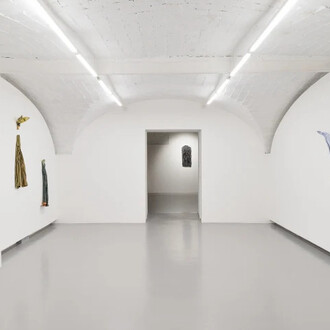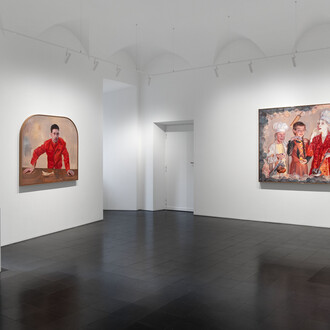Shahzia Sikander is a Pakistani–American artist best known for contemporising the traditional Indo– Persian discipline of miniature painting. Sikander took up the craft–based practice in Pakistan in the late 1980s amidst the oppressive climate of Zia–ul–Haq’s military regime.
This was a time when the medium was unpopular as the Euro–American canon dominated the field of painting in the global contemporary art world.
Sikander’s work throughout the ’90s launched a rigorous inquiry and deconstruction of miniature painting from within the canon of its historical representation, beginning with her breakthrough work, The Scroll (1989—1990). By subsequently engaging the personal and the private and deftly subverting the patriarchal thematic and non–personal historical representations within the Indo–Persian miniature painting tradition, Sikander’s work catalysed a movement to upend gender–specific assumptions while contributing a fresh feminist discourse from multiple perspectives, including Muslim, South Asian and American.
Shahzia Sikander’s rich, complex and kaleidoscopic art explores some of the crucial issues of our age: the tensions between the postcolonial world and the inexorable evolution of culture, between the experiences of migrants and the constitution of nations, between diverse geopolitical conditions and religious doctrines. Sikander’s innovative conceptual and formal expansion on this traditional genre has helped launch a major resurgence of work on miniatures at her alma mater, the National College of Arts in Lahore, and throughout the international arena, inspiring transnational attention on the idiom as a form of contemporary expression. Her work includes digital animation, video, performance, large–scale murals, installations, projections, and works on paper. The exhibition illustrates the artist’s work since 2000, with a display that allows the visitor to plunge deep into her artistic universe and into her various creative approaches. With more than 30 works that use different media and visual languages, the display has been specially designed for the museum’s Gallery 5.
















